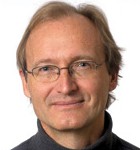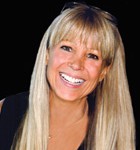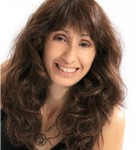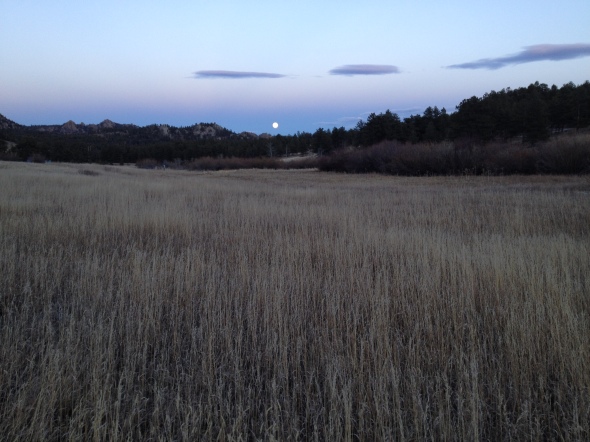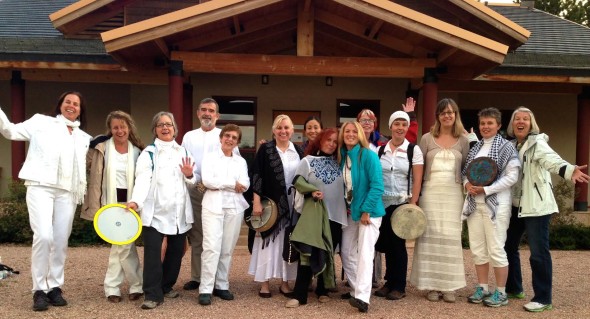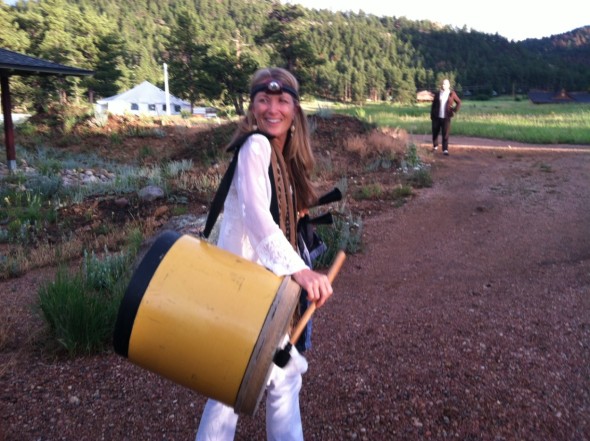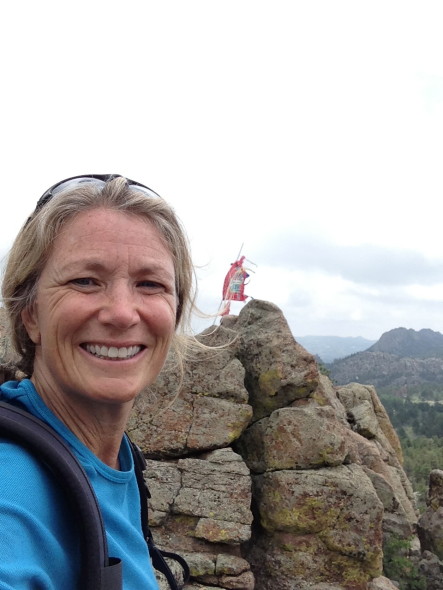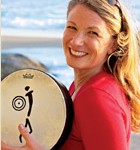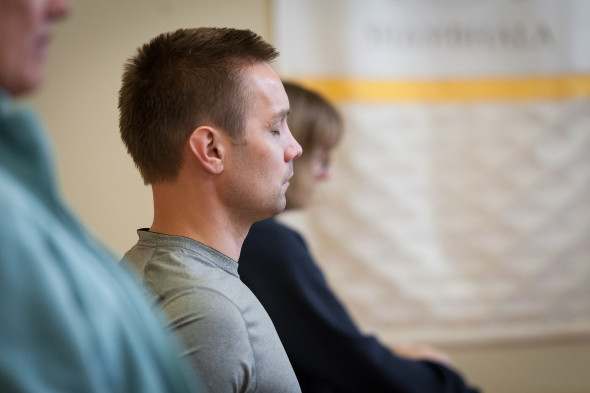Shambhala Mountain Center hosts Wisdom Rising: An Exploration of the Divine Feminism in Buddhism, September 25-29, 2015 — click here to learn more
It is a widely-shared sentiment in this day and age that the world is somehow out of balance. In particular, many point to the inequality among genders — that those of the male variety seem to be more often in positions of power, and even treated better than those of other genders who occupy similar positions. All of this seems to be observably true. And yet, there may also a more subtle imbalance in regard to maculine and feminine influence in our modern world that is of equal, if not greater, importance.
Buddhist master Lama Tsultrim Allione devotes much energy to reawakening the “sacred feminine.” When asked to define this phrase though, Lama often experiences a vast gap in conceptual mind, and a verbal answer doesn’t always emerge quickly — which is part of the point. The sacred feminine is mysterious, vast, empty, and yet cognizant. It is related to nature, poetry, and sacred sexuality. It is embodied, rather than somewhere “up and out there” And, according to Lama Tsultrim, it’s influence is painfully lacking in our world today.
To help to remedy this, Lama Tsultrim Allione and a powerful crew of female Buddhist teachers will be leading Wisdom Rising — a five day conference at Shambhala Mountain Center — from September 25-29.
As we are turning our minds, hearts, and intentions towards Wisdom Rising, and this crucial movement to reawaken the sacred feminine, we had the honor of sitting down with Lama Tsultrim for some discussion related to this topic. She has much to offer in this video, including a powerful Green Tara meditation.
We hope you find this to be as inspiring and helpful as we have.
Watch our interview with Lama Tsultrim below, or scroll down to stream/download the audio.
If you’d like to download the audio file, CLICK HERE and find the “Download” button. Otherwise, you can stream the audio below.
Shambhala Mountain Center hosts Wisdom Rising: An Exploration of the Divine Feminism in Buddhism, with Lama Tsultrim and many others, September 25-29, 2015 — click here to learn more
~~~
Lama Tsultrim Allione is a former nun in the Tibetan tradition and one of the first Western Buddhist teachers. Known as a profound and lucid teacher who skillfully combines both psychological and spiritual insights, she has taught internationally since 1982. She is founder of Tara Mandala, an international Vajrayana Buddhist community based in Pagosa Springs, Colorado and the author of Women of Wisdom and Feeding Your Demons: Ancient Wisdom for Resolving Inner Conflict. In 2007, Lama Tsultrim was recognized as an emanation of Machig Labdrön at Machig’s monastery in Tibet. In 2009, she was selected as an “Outstanding Woman in Buddhism” by the Outstanding Women in Buddhism Committee’s panel of distinguished Buddhist scholars and practitioners.
 Travis Newbill is a writer, musician, and aspirant on the path of meditation. He currently resides at Shambhala Mountain Center, where he serves in the roles of Marketing Associate and Shambhala Guide — a preliminary teaching position. Follow Travis on twitter: @travisnewbill
Travis Newbill is a writer, musician, and aspirant on the path of meditation. He currently resides at Shambhala Mountain Center, where he serves in the roles of Marketing Associate and Shambhala Guide — a preliminary teaching position. Follow Travis on twitter: @travisnewbill



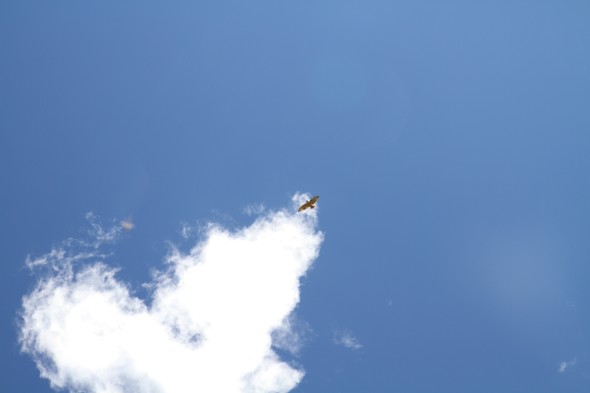 Photo by Jamie Woodworth
Photo by Jamie Woodworth
